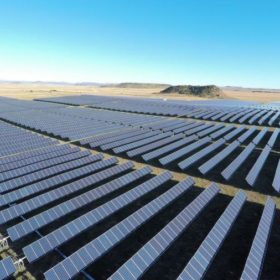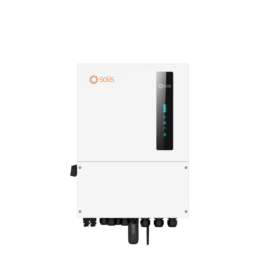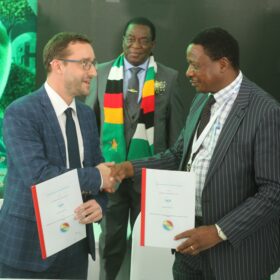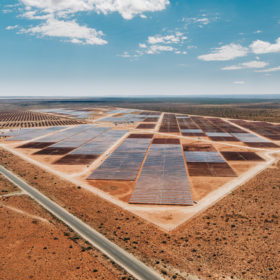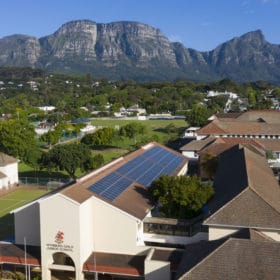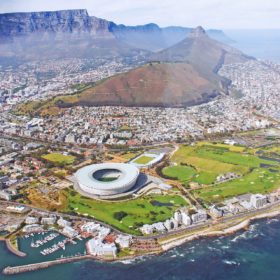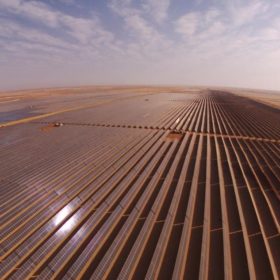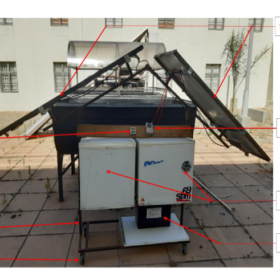South Africa mulls waiving ecological approval for some PV, storage projects
South Africa’s government has initiated a public consultation to exempt some PV and battery storage facilities from obtaining environmental authorization during the permitting process, but only for sites categorized as having “low” or “medium” environmental sensitivity.
Solis unveils hybrid inverters for rooftop applications
Solis has released a new line of hybrid inverters in five different power output versions, ranging from 3 kW to 8 kW. The hybrid inverters can be used with either lithium-ion or lead-acid batteries, with a maximum charging and discharging current of 190 A.
The Hydrogen Stream: Zimbabwe to develop first utility-scale plant
HDF and ZETDC have signed Zimbabwe’s first utility-scale green hydrogen power plant, with 178 GWh of expected annual electricity production. Rystad Energy, meanwhile, says Africa’s total electrolyzer pipeline has hit 114 GW.
South Africa launches tender for floating, ground-mounted PV
The South African government is looking for independent power producers to build and operate floating or ground-mounted PV projects at selected government waterworks infrastructure or damns. The projects should be operational for 20 years.
South Africa introduces rebate scheme for rooftop PV
South Africa’s new rebate program for private rooftop solar arrays has a budget of ZAR 4 billion ($216.7 million). It does not cover inverters, battery storage systems, or installation costs. However, some industry analysts have already criticized the scheme for failing to fully address the country’s load-shedding problem.
Only5mins! – ‘Additionality’ must be adhered to in Africa’s green hydrogen development
Chigozie Nweke-Eze is an economist, geographer and founder of Integrated Africa Power. He sat down with pv magazine to discuss green hydrogen development in Africa, from the project pipeline to the necessity of “additionality” when it comes to ensuring hydrogen doesn’t become yet another exploited African resource.
Only5mins! – ‘We are in desperate need of power’
Chanda Nxumalo, the chairperson of the South African Photovoltaic Industry Association (SAPVIA), speaks with pv magazine about the prospects of the South African energy market, its new regulations and the bright future for the PV sector. Nxumalo also addresses the challenges and opportunities for battery storage, green hydrogen and women in renewables.
South Africa’s pipeline of unsubsidized PV projects hits 9 GW
The South African government has provided figures on “embedded generation projects” that are currently under development in the country. It also revealed that it will soon launch a tender for big storage projects.
Africa closing in on gigawatt-level solar
Solar installations across Africa hit 949 MW in 2022, bringing cumulative capacity past the 10 GW mark, according to the African Solar Industry Association (AFSIA). While that may seem underwhelming for such a huge region, it shows that countries are taking big steps toward realizing the entire continent’s PV potential.
PV-powered heat pump, refrigerator system for off-grid applications
South Africa scientists have developed an integrated, solar-powered heat pump and refrigerator for use by food vendors in sub-Saharan Africa. The dual system is powered by two 90 W solar modules and repurposes waste heat.
